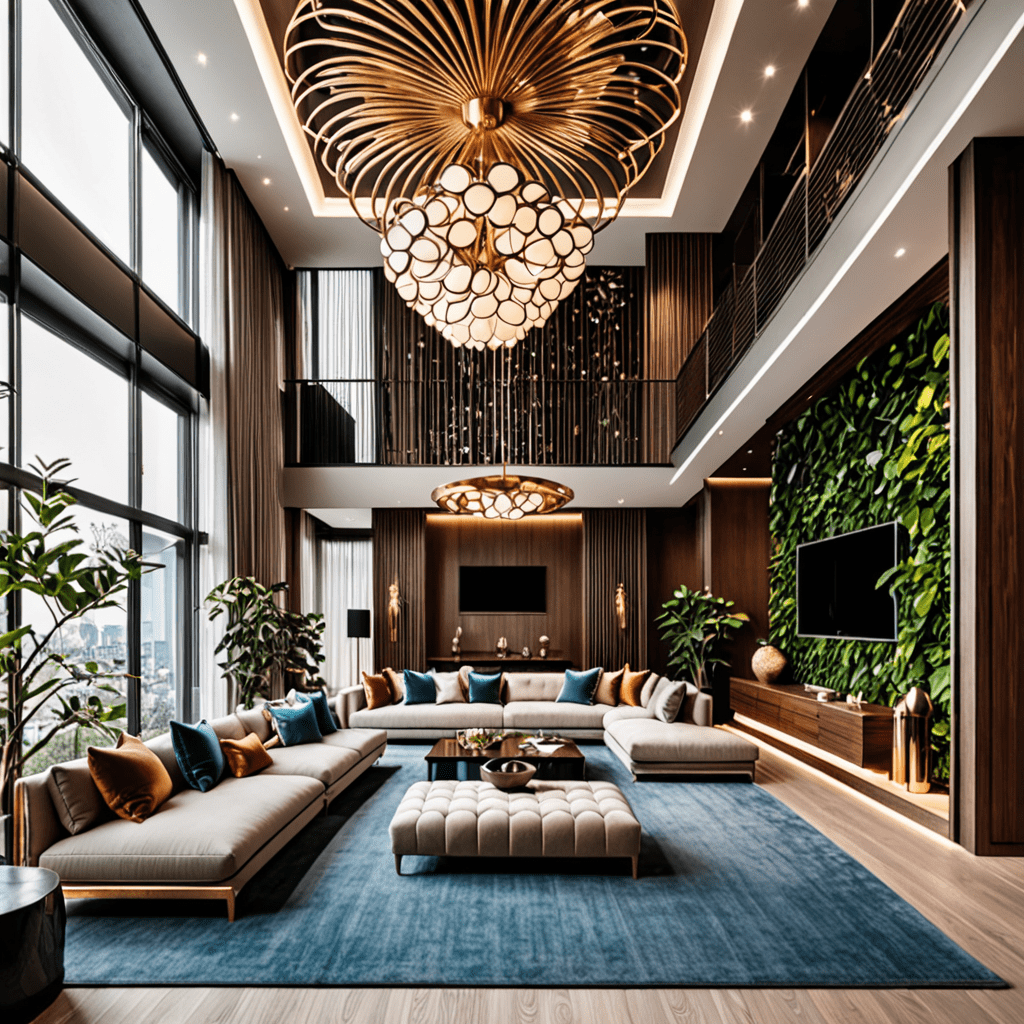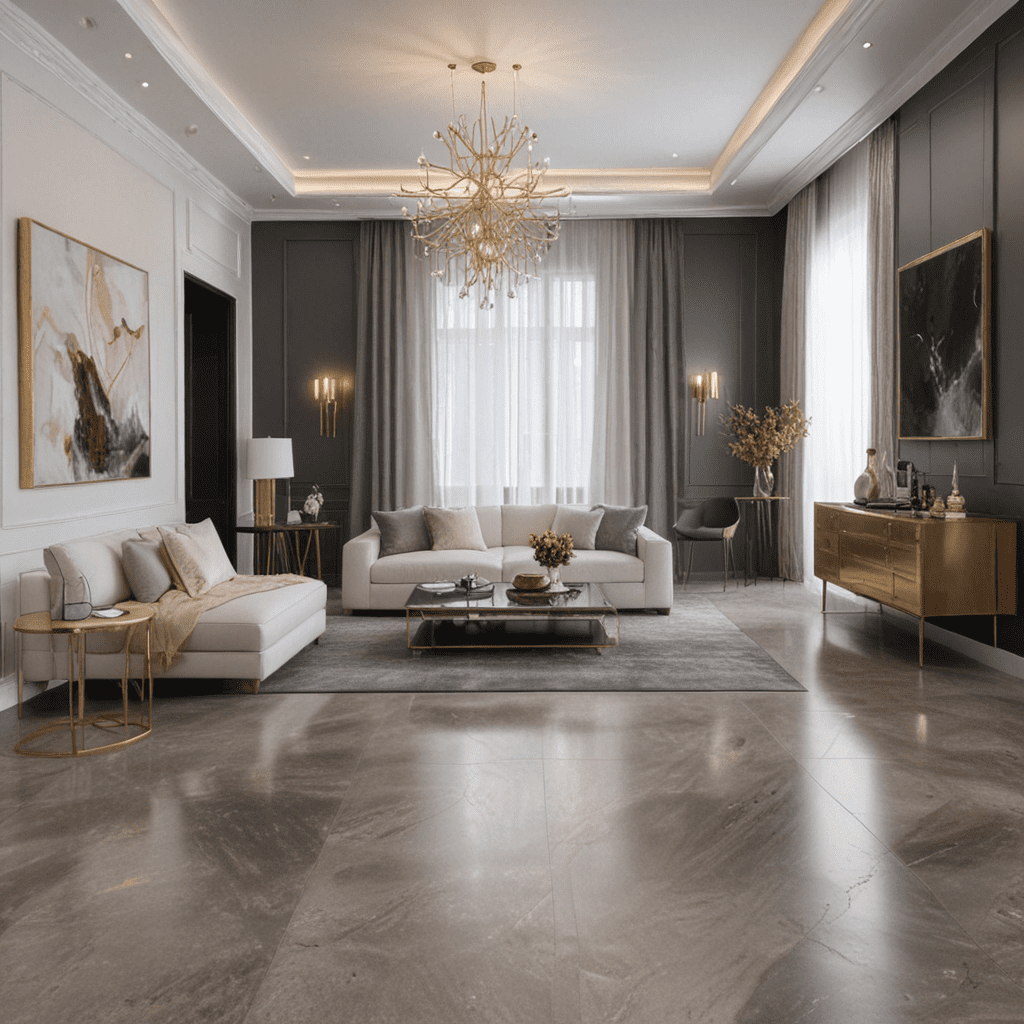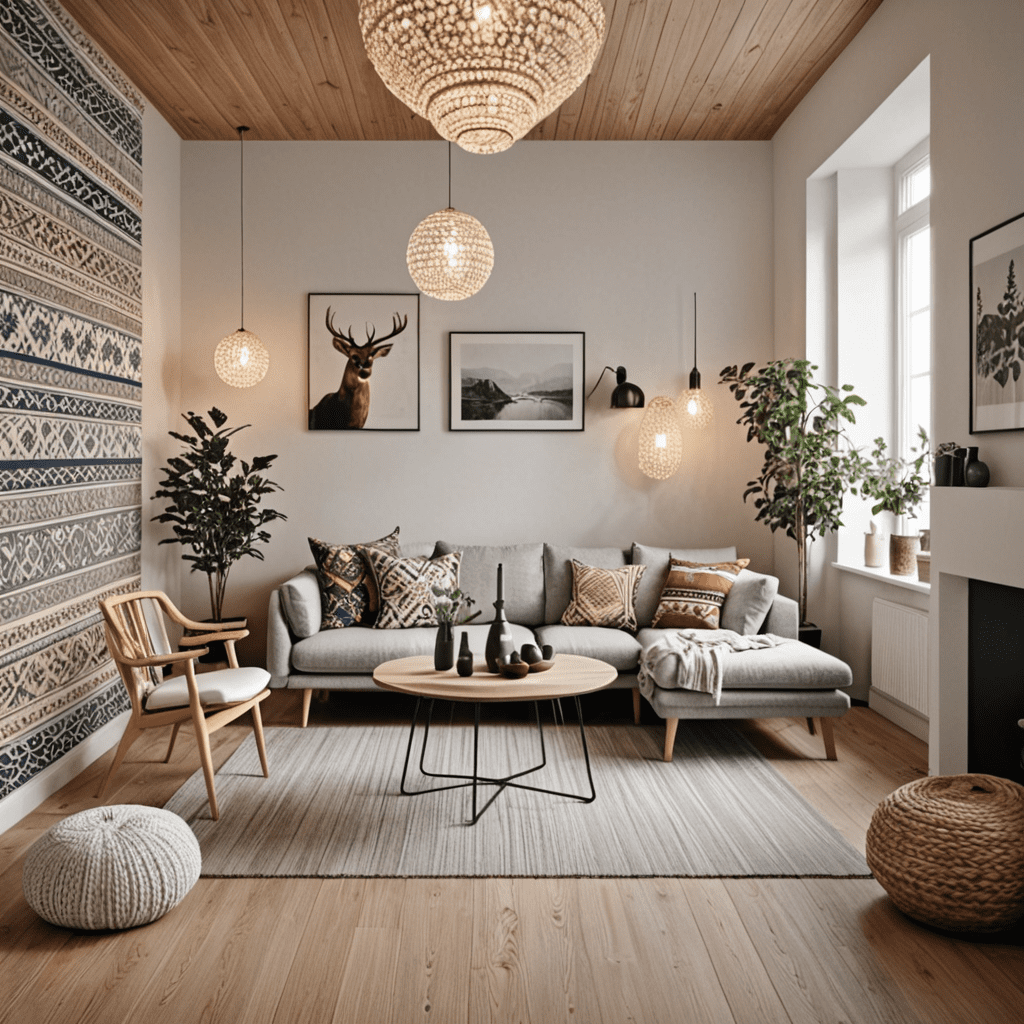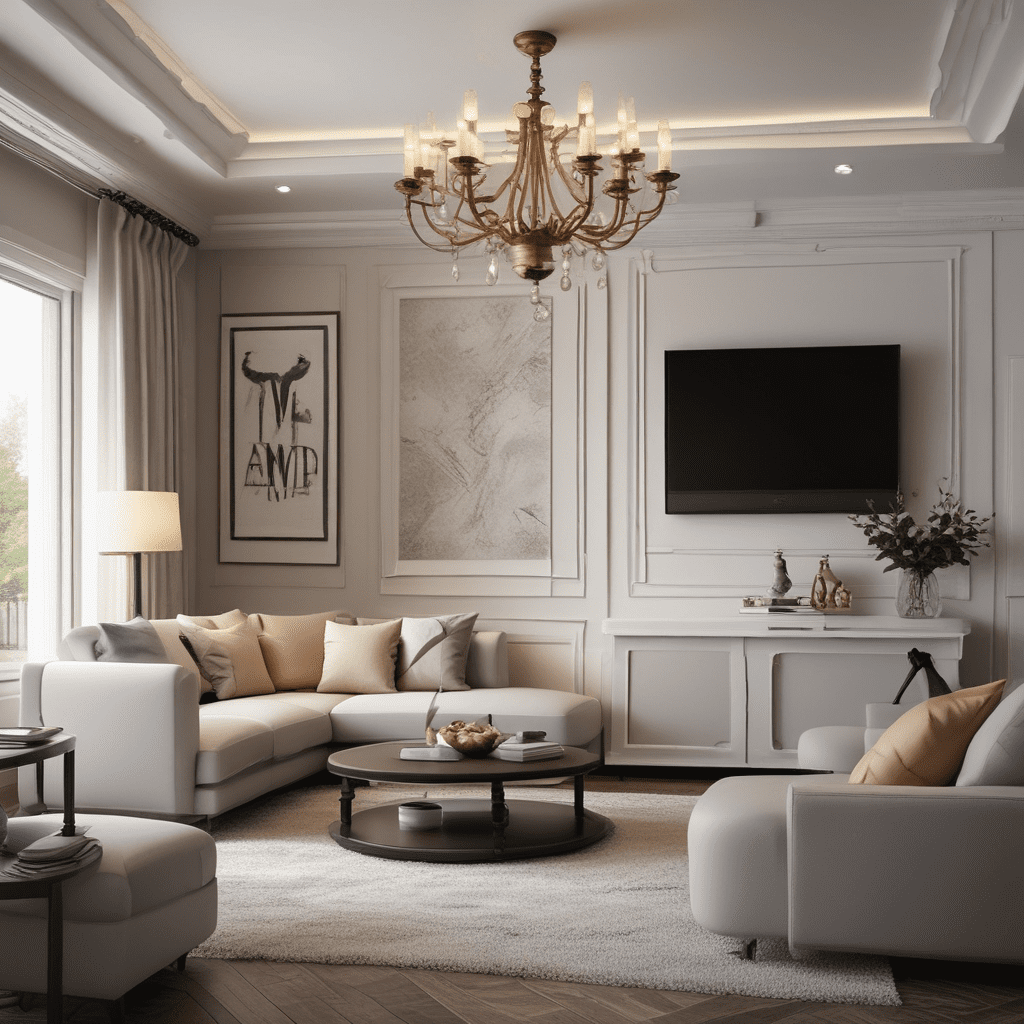Embracing Nature: The Art of Biophilic Interior Design


Embracing Nature: The Art of Biophilic Interior Design
In today’s fast-paced world, people are increasingly seeking ways to reconnect with nature. This desire has transcended the outdoor realm and has found its way into interior design. Biophilic design, which integrates natural elements into the built environment, has become a popular approach to creating spaces that are not only visually appealing but also beneficial to our well-being. In this article, we’ll explore the concept of interior biophilic design and how it can be incorporated into your home.
Understanding Biophilic Design
Biophilic design is rooted in the idea that human beings have an innate connection to nature. By incorporating natural elements such as light, vegetation, water, and natural materials into interior spaces, designers seek to evoke the feeling of being in nature. This approach aims to create environments that support our physical and psychological well-being.
Bringing Biophilia into Your Home
1. Maximizing Natural Light: Ensure that your home receives ample natural light by incorporating large windows, skylights, and glass doors. Natural light not only illuminates the space but also enhances the connection to the outside environment.
2. Introducing Greenery: Houseplants, vertical gardens, and living walls can infuse your home with a vibrant touch of nature. Not only do plants improve indoor air quality, but they also add visual interest and a sense of tranquility to your living space.
3. Embracing Natural Materials: Incorporate elements such as wood, stone, and natural fibers into your interiors. Whether it’s hardwood floors, wooden furniture, or stone countertops, these materials contribute to a sense of warmth and authenticity.
4. Engaging the Senses: Consider incorporating elements that engage multiple senses, such as the sound of flowing water from a small indoor fountain, the tactile experience of natural textures, and the scent of fresh flowers or essential oils.
5. Creating Views of Nature: Frame scenic views of the outdoors with strategically placed windows or by designing cozy seating areas that overlook natural landscapes. Access to nature’s visuals can have a calming and rejuvenating effect.
The Benefits of Biophilic Design
The integration of biophilic design elements in your home can yield numerous benefits. Studies suggest that exposure to natural light and greenery can reduce stress, improve cognitive function, and enhance overall well-being. Additionally, spaces designed with biophilia in mind often feel more inviting and harmonious, fostering a greater sense of connection to nature.
Designing for Well-Being
Biophilic design goes beyond aesthetics; it encompasses the idea of creating environments that promote health and happiness. By incorporating elements that mimic nature, such as organic shapes, patterns, and colors, interior spaces can evoke a sense of calm and restoration. This approach aligns with the growing emphasis on creating healthy and sustainable living environments.
FAQ
Q: Is biophilic design suitable for all types of homes?
A: Yes, biophilic design principles can be adapted to various types of homes, from apartments and townhouses to larger single-family residences. Whether it’s introducing natural light, incorporating plants, or using natural materials, there are versatile ways to embrace biophilia regardless of your living space.
Q: Can biophilic design be implemented on a budget?
A: Absolutely. Biophilic design can be achieved through simple measures such as rearranging furniture to take advantage of natural light, incorporating affordable houseplants, and utilizing natural materials already present in your home. Small changes can have a significant impact on creating a more biophilic environment.
Q: Are there specific colors that are recommended for biophilic design?
A: Earthy tones inspired by nature, such as greens, browns, and blues, are often associated with biophilic design. These colors can evoke a sense of tranquility and connection to the natural world, enhancing the overall biophilic experience within your home.
Incorporating biophilic design into your home can transform your living space into a sanctuary that nurtures both body and mind. By engaging with nature at a fundamental level, you can create a home environment that feels harmonious, rejuvenating, and in tune with the natural world. Whether it’s through the soft glow of sunlight, the lushness of greenery, or the authenticity of natural materials, embracing biophilic design can elevate your home to a new level of comfort and well-being.
In conclusion, biophilic design offers a profound opportunity to reconnect with nature within the confines of our built environments, enhancing our overall quality of life and the way we experience our homes.





